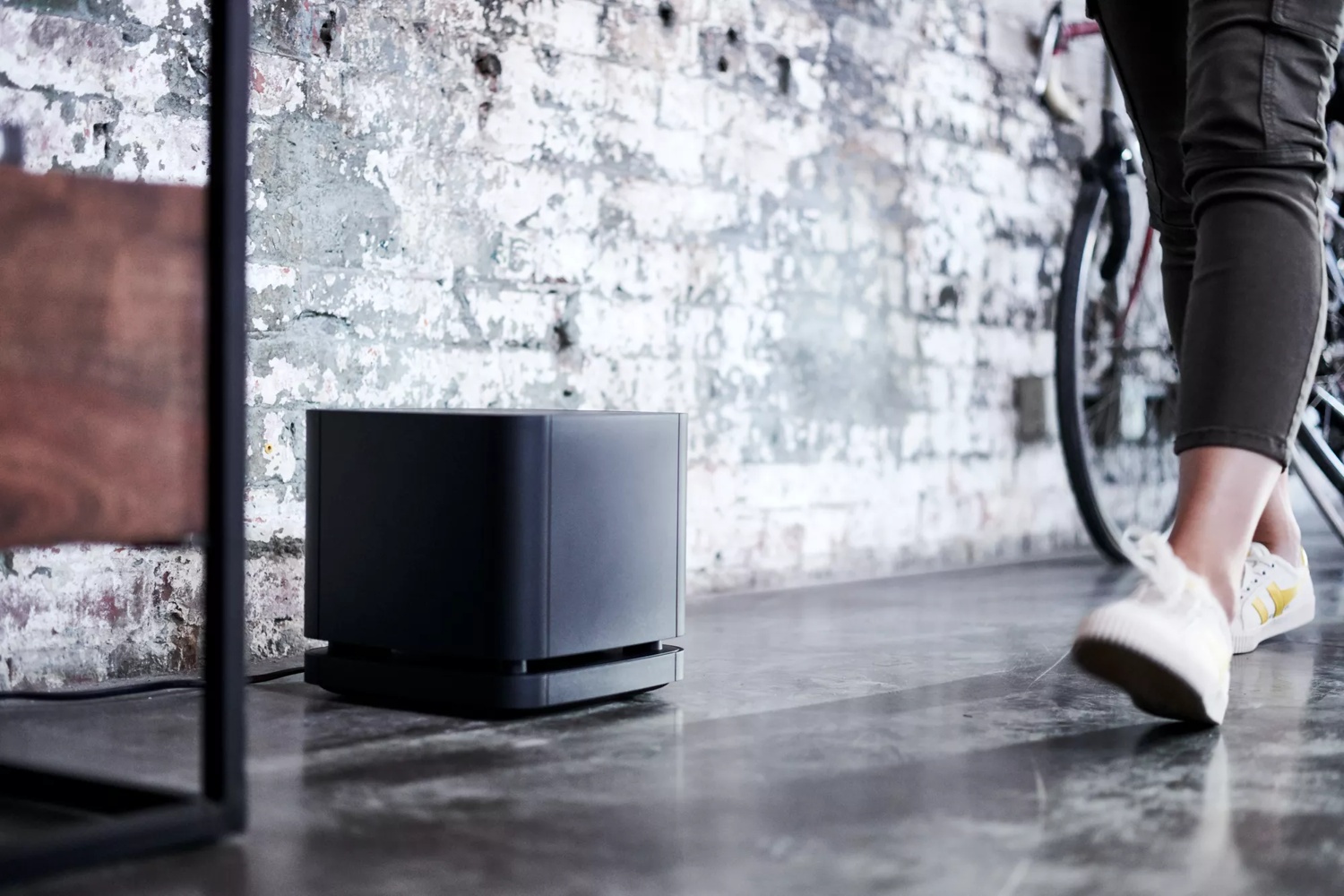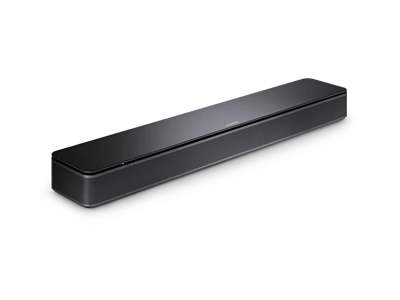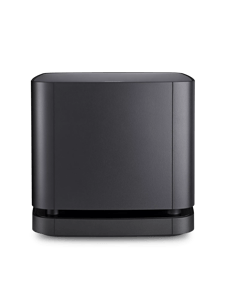First, it helps to understand the science of sound. While light waves are electromagnetic and can travel quickly through empty space (even in a vacuum), sound waves are mechanical and travel through a medium such as air or furniture. This is why the TV stand vibrates when you crank up the volume.
Sound quality is all about reproducing sounds, and while some speakers provide all of the sounds in one tidy package, others have specialty roles. Subwoofers reproduce low-frequency sounds in audio. They're dedicated to the booming bassline in a song, the rumbling thunder in a movie soundtrack, and all the low sounds that add depth to the listening experience. A complete audio system allows listeners to literally feel the bass. The vibration of deep sounds brings a smooth, complete quality to the listening experience.
The trouble with low notes is physics. High-pitched sounds have shorter wavelengths and lower sounds travel in longer wavelengths. This is an important reason to pay extra attention to the subwoofer. Low sound waves can be the same size as your room, which can create dead spots with no bass.
A subwoofer's placement significantly affects the sound quality. That's why researchers at Delft University of Technology studied where to place a subwoofer for optimal listening. They explain that when a wavelength matches a room's dimensions, resonances called "room modes" occur, which cause inconsistent sound quality. The researchers also explain a phenomenon called diffraction, which is how sound bends around corners and objects, especially at lower wavelengths. In short, there’s science behind finding the best placement for your subwoofer.
Even the most casual listeners can confirm this theory by moving around the room and paying attention to the lowest sounds from an audio track. There's often a surprising variation from a seat in the middle of the couch to a chair on the side.
The researchers used computer simulations to find the ideal location for a subwoofer in a virtual room. In their case, the best spot was to the left of the TV. But while the scientific study of reflections and diffraction can pinpoint the perfect spot in a virtual room, real life is complicated. Every room is different. The dimensions, furniture, decor, and wall textures all change how people perceive sound in a particular room. Popcorn ceilings, tile floors, and marble coffee tables all affect the way sound waves are absorbed and reflected. Even the same furniture in a different configuration can change how people hear soundtracks.






